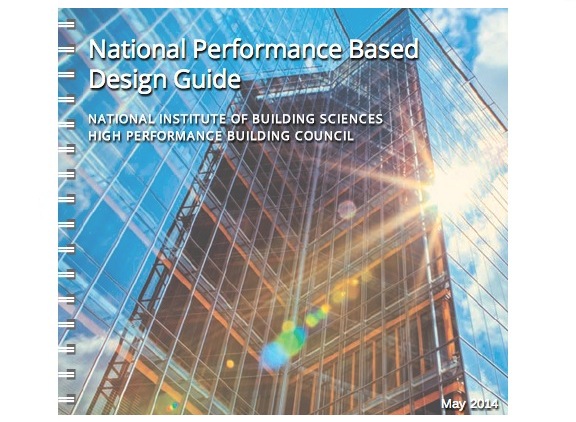The National Performance Based Design Guide, based on research and development supported by the Science & Technology Directorate of the Department of Homeland Security and the Public Buildings Service of the General Services Administration, is now available.
The guide establishes performance-based requirements to be used in the programming, design, and documentation of new buildings, major and minor alterations, and work in historic structures.
The document identifies levels of performance so that design teams and other professional partners can select and implement the best strategies to meet project goals based on defined alternatives. Four levels of performance from “baseline,” which is commensurate with model building codes, through the highest level of performance that can be achieved with today’s technology.
The electronic document is interactive, enabling print outs to be created based on performance level choices by various program, site, and climate attributes. Metrics to validate performance goals at various phases of design and construction through commissioning are provided where available and relevant.
Related Stories
Codes and Standards | Nov 8, 2016
American Concrete Institute offers new guide for repair of concrete buildings
The guide provides assistance on assessment and rehab.
Codes and Standards | Nov 7, 2016
The AISC prequalified seismic moment connection standard is now available
You can download the 2016 version for free.
Codes and Standards | Nov 4, 2016
Obama Administration makes a push for denser, more affordable cities
The administration calls for zoning code changes and other measures to create more housing.
Codes and Standards | Nov 3, 2016
OSHA proposes safety standards changes to reduce employer costs
The changes include clarification on excavation standard and reporting job-related hearing loss.
Codes and Standards | Nov 2, 2016
New resources available to reduce plug loads using advanced power strips
A tenant education program can boost efficiency in office buildings.
Codes and Standards | Oct 26, 2016
Design industry lagging in meeting AIA 2030 Commitment goals, says AIA
Only 4% of projects have met the 70% energy savings target.
Codes and Standards | Oct 25, 2016
Concerns over megaquake in Oregon provoke debate over school building standards
According to advocates, communities should consider increased resiliency.
Codes and Standards | Oct 24, 2016
Building energy codes projected to save $126 billion in energy costs from 2010-2040
Commercial and residential structures are both included in the total.
Codes and Standards | Oct 24, 2016
Fall hazards, hazard communication lead 2016 OSHA top violations
The 2016 list bears a strong resemblance to the 2015 list.
Codes and Standards | Oct 21, 2016
Green Bond Guidelines for the Real Estate Sector updated
The market growth is a signal of future opportunities.
















